
Understanding Pitted Scars: Causes, Types, and Treatments
Introduction to pitted scars
Although scars are a normal byproduct of the body's healing process, not every scar is the same. Pitted scars are a particular kind of scar that can significantly affect a person's confidence and self-esteem. These scars stand out due to their sunken look, which gives the skin an uneven or pitted texture.
Types of pitted scars
Atrophic scars: The most prevalent kind of pitted scars are atrophic scars. They develop as a result of tissue loss underneath the skin's surface, leaving a depression or indentation. Atrophic scars, which can vary in size and shape, frequently result from the body's failure to regenerate tissue correctly during the wound-healing process.
Ice Pick Scars: These scars resemble tiny, deep holes or punctures on the skin's surface. These deep, angular scars are often the consequence of severe acne outbreaks in which infectious material damages the collagen of the skin. The depth of ice-pick scars makes them difficult to cure.
Boxcar Scars: Boxcar scars seem broad and box-like, as their name indicates. They are often broader than ice-pick scars and have sharp edges. These scars are a common side effect of inflammatory skin conditions like acne and develop as a result of localised collagen breakdown.
Causes of pitted scars
The causes of pitted scars can be the following:
1. Acne and acne scarring
Infecting millions of individuals globally, acne is one of the main causes of pitted acne scars. Deep acne lesions in the skin's layers have the potential to harm the collagen and elastin fibres that provide the skin its structural support. Atrophic, ice pick or boxcar scars can develop when the skin produces too little or too much collagen during the healing process.
2. Skin injuries and trauma
Pitted scars can also be a result of surgery, other skin injuries, and accidents. The body's normal response to injury to the skin is to heal the harm by creating collagen. However, excessive or erratic collagen synthesis can result in the development of hypertrophic or atrophic scars, both of which can have a pitted look.
3. Genetic predisposition
A hereditary predisposition to getting pitted scars may exist in certain people. Some people are more prone to scarring than others due to genetic variables that might affect the body's capacity to repair and regenerate tissue. In these circumstances, even small wounds or skin problems might cause pitted scarring.
Prevention of Pitted Scars
It is important to prevent pitted scars. Let’s have a look at the ways in which that can be done:
1. Avoiding picking or popping pimples
It's important to fight the impulse to pop or pick at your pimples if you frequently have acne. Picking or squeezing acne lesions can exacerbate inflammation and harm the tissues of the surrounding skin, increasing the risk of pitted scarring. Instead, get expert acne treatment and control outbreaks with mild skincare products.
2. Sun protection
The look of pitted scars can worsen when exposed to the sun's damaging ultraviolet (UV) radiation. Scar tissue may experience changes in colour and collagen breakdown from UV radiation, which will increase the visibility of scars. Always apply sunscreen with a high SPF while going outside to avoid this, and you might also want to wear protective clothes and wide-brimmed hats.
Also Read: What are Acne Scars?
Treatments for pitted scars
Despite the fact that prevention is the best course of action, there are several treatment options accessible for people who already have pitted scars on face:
Topical Treatments
By moisturising the skin and lowering redness and irritation, topical therapies like silicone gels and creams can aid in minimising the appearance of pitted scars.
The Clearing & Calming Acne Face Wash, Overnight Acne Spot Corrector, and Acne Care & Healing Gel Moisturiser with Tea Tree & Cica from The Pink Foundry work together to effectively treat acne. These products efficiently moisturise, cleanse, and treat acne spots thanks to calming components like cica and tea tree oil. They encourage healthier, cleaner skin by lowering inflammation and avoiding new breakouts.
Chemical peels
The top layer of skin peels off as a result of applying a chemical solution to the skin during a chemical peel. This procedure can aid in minimising the size and look of pitted scars by promoting the formation of new, smoother skin.
Microneedling
Using small needles to induce regulated micro-injuries in the skin, microneedling is a minimally invasive treatment. This encourages the synthesis of collagen and can make pitted scars appear less rough. Usually, meaningful progress requires many sessions.
Dermal fillers
Wondering, ‘How to fill in pitted acne scars?’ Pitted scars can be temporarily filled up with dermal fillers like hyaluronic acid or collagen-based injections to lessen their visibility. Despite being a non-surgical approach, the effects are only transitory and may require reapplication from time to time.
Conclusion
Pitted scars can be emotionally upsetting, but there are a number of methods that can help them look better. However, if you already have pitted scars, speak with a dermatologist or skin care specialist to discuss the best course of action for your particular requirements. Prevention via good wound care and sun protection is crucial. By taking the proper steps, you may reclaim smoother, more self-assured skin and lessen the effects of pitted scars on your life.





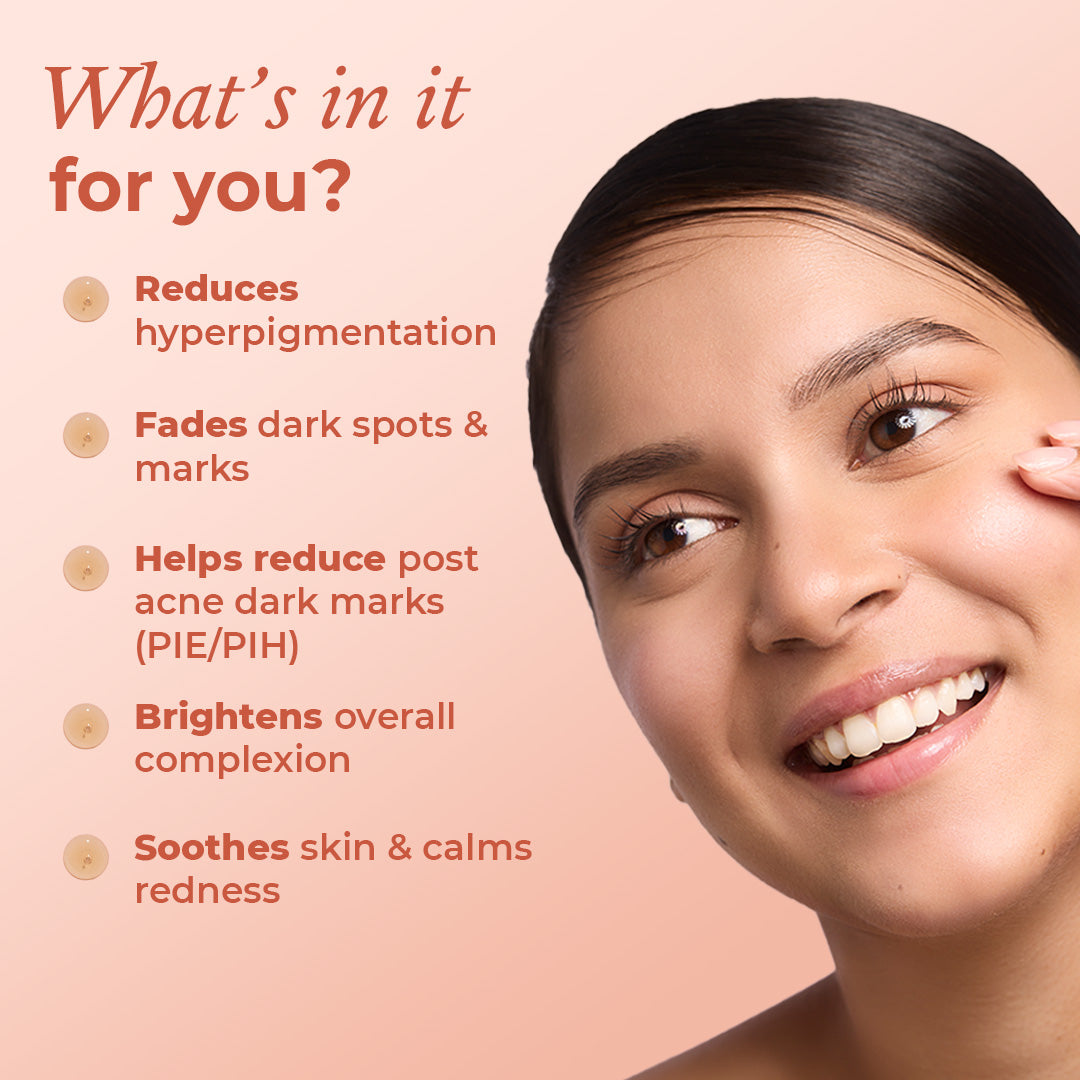

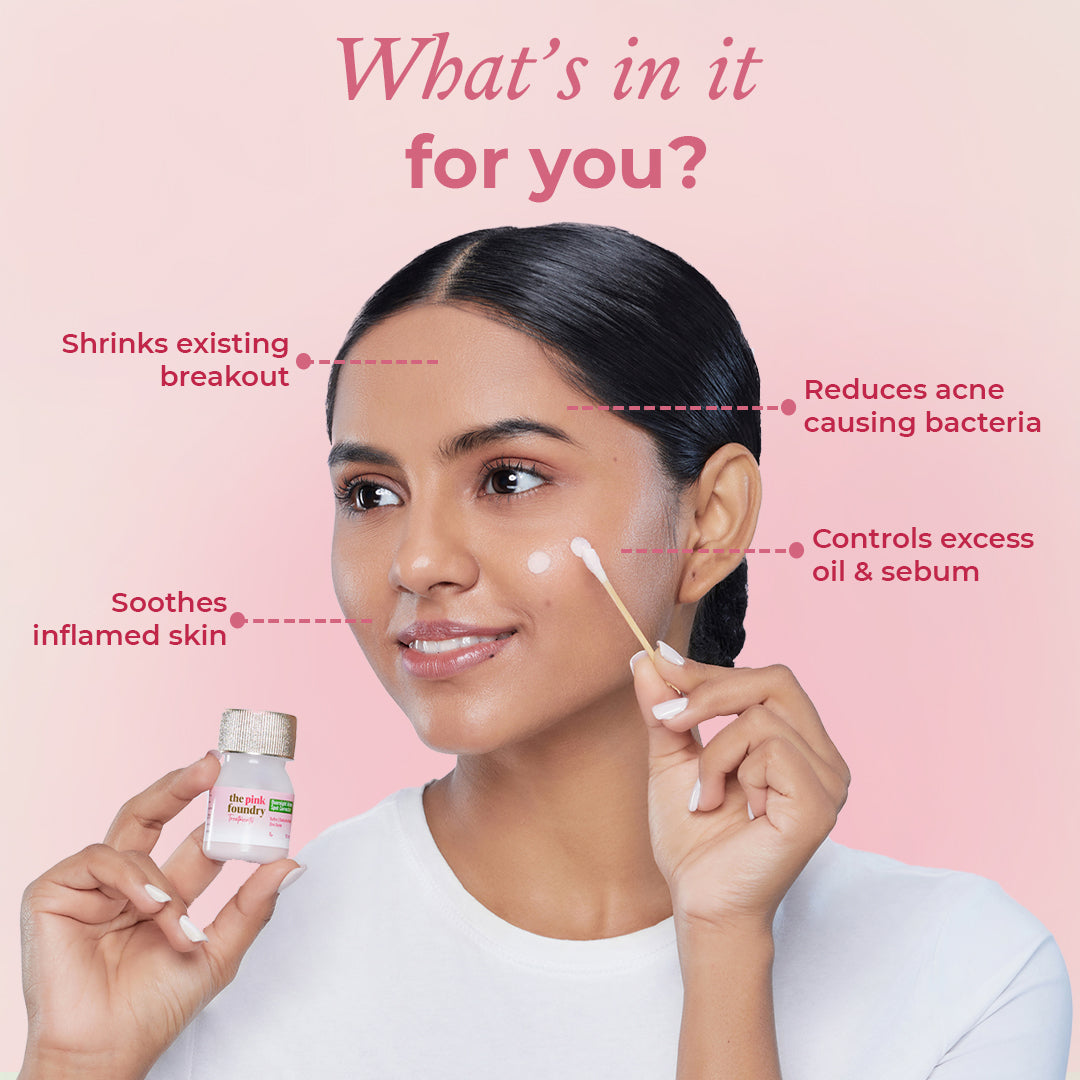
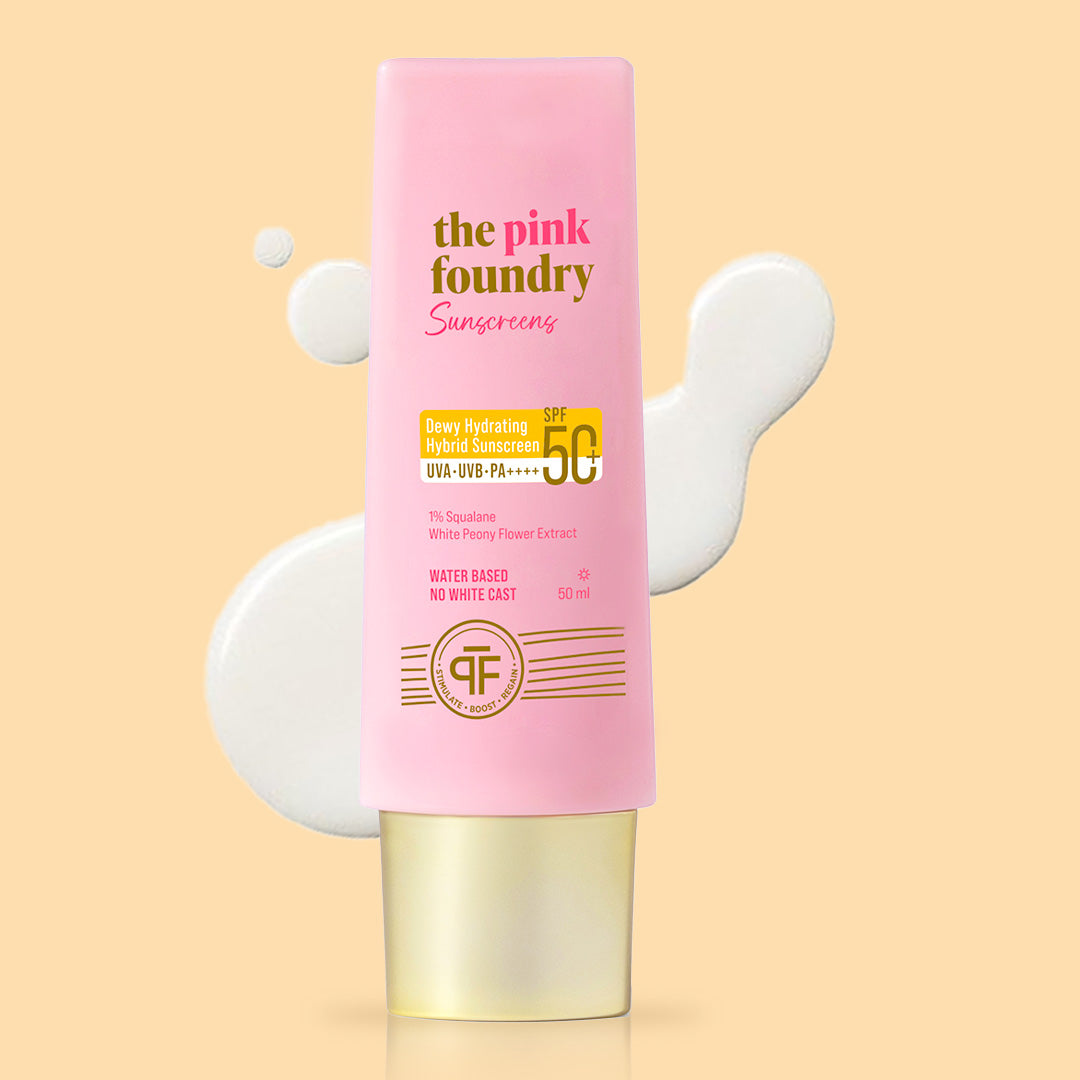
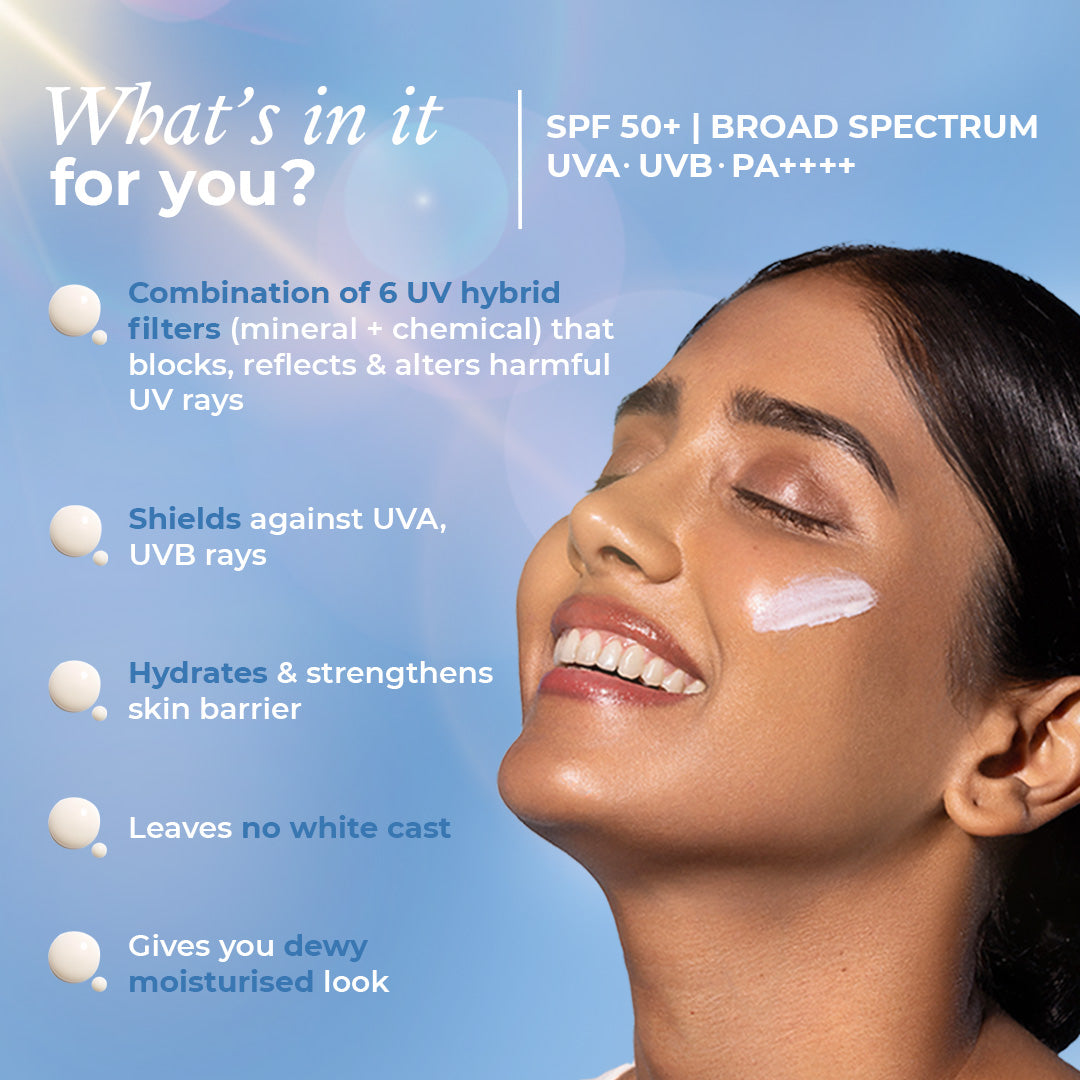
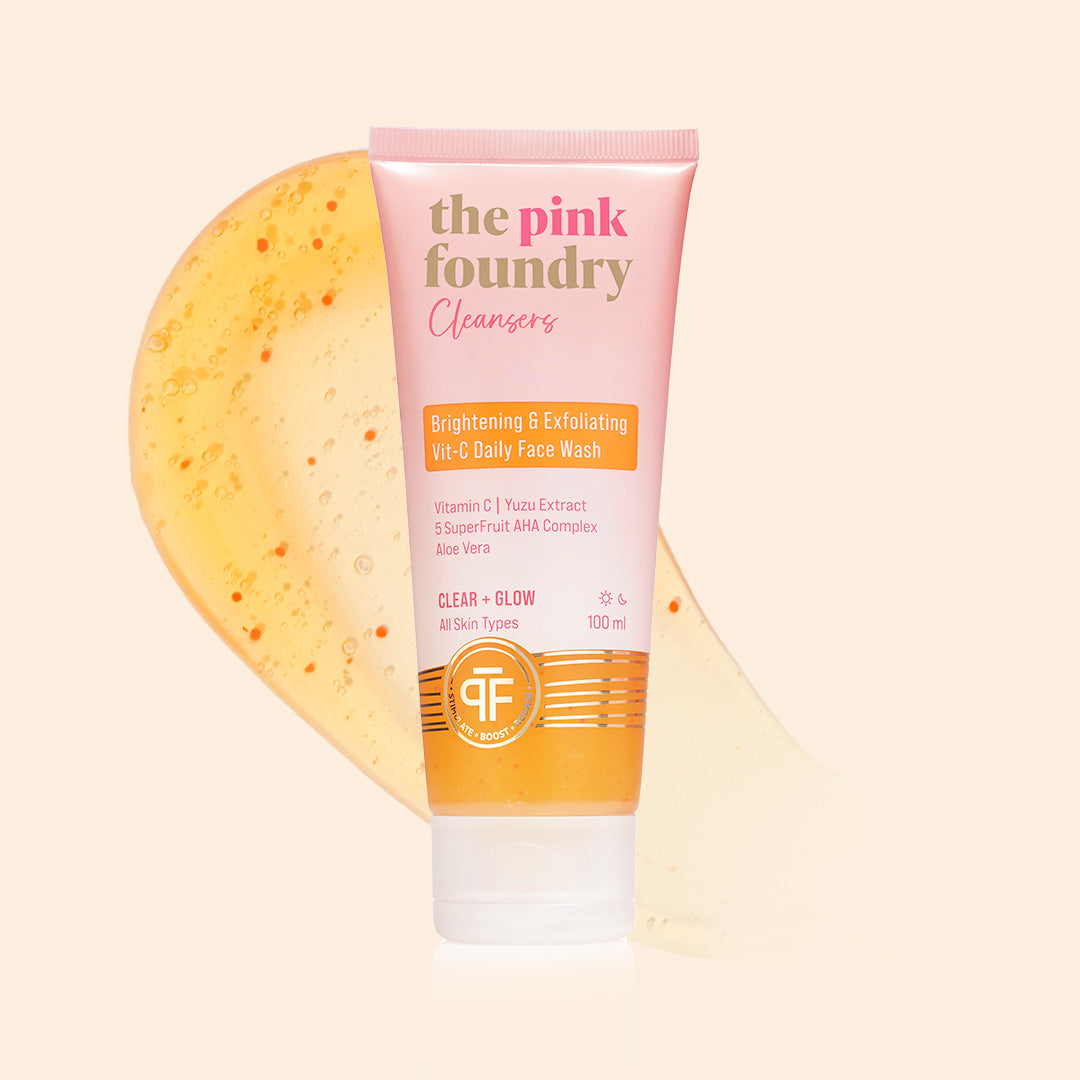
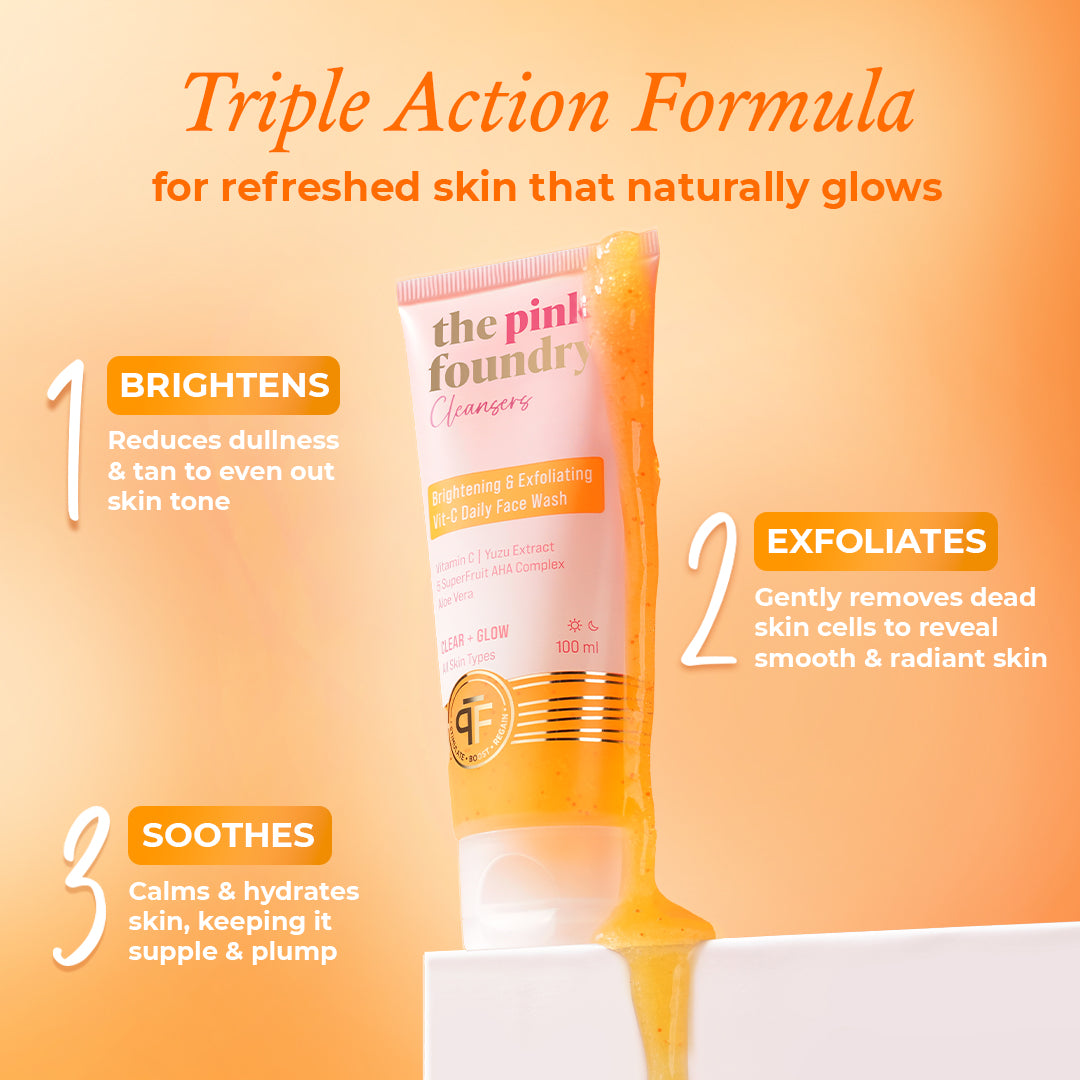
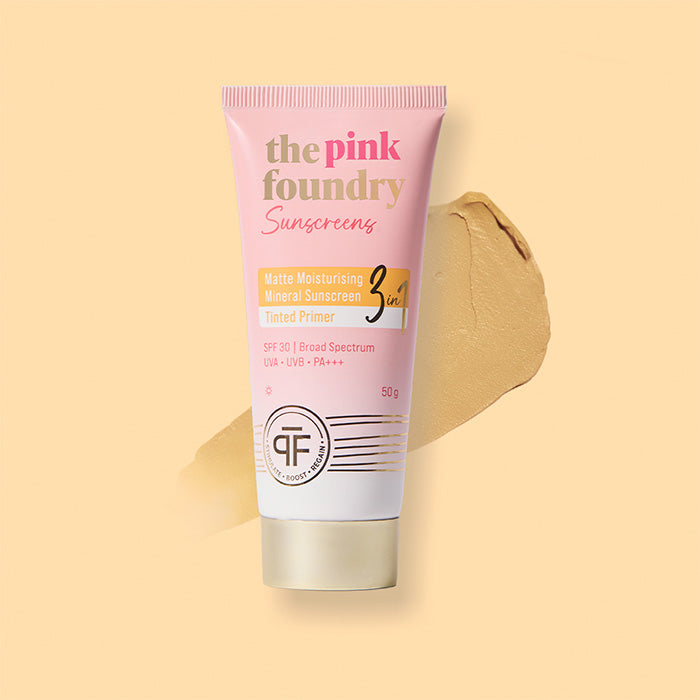
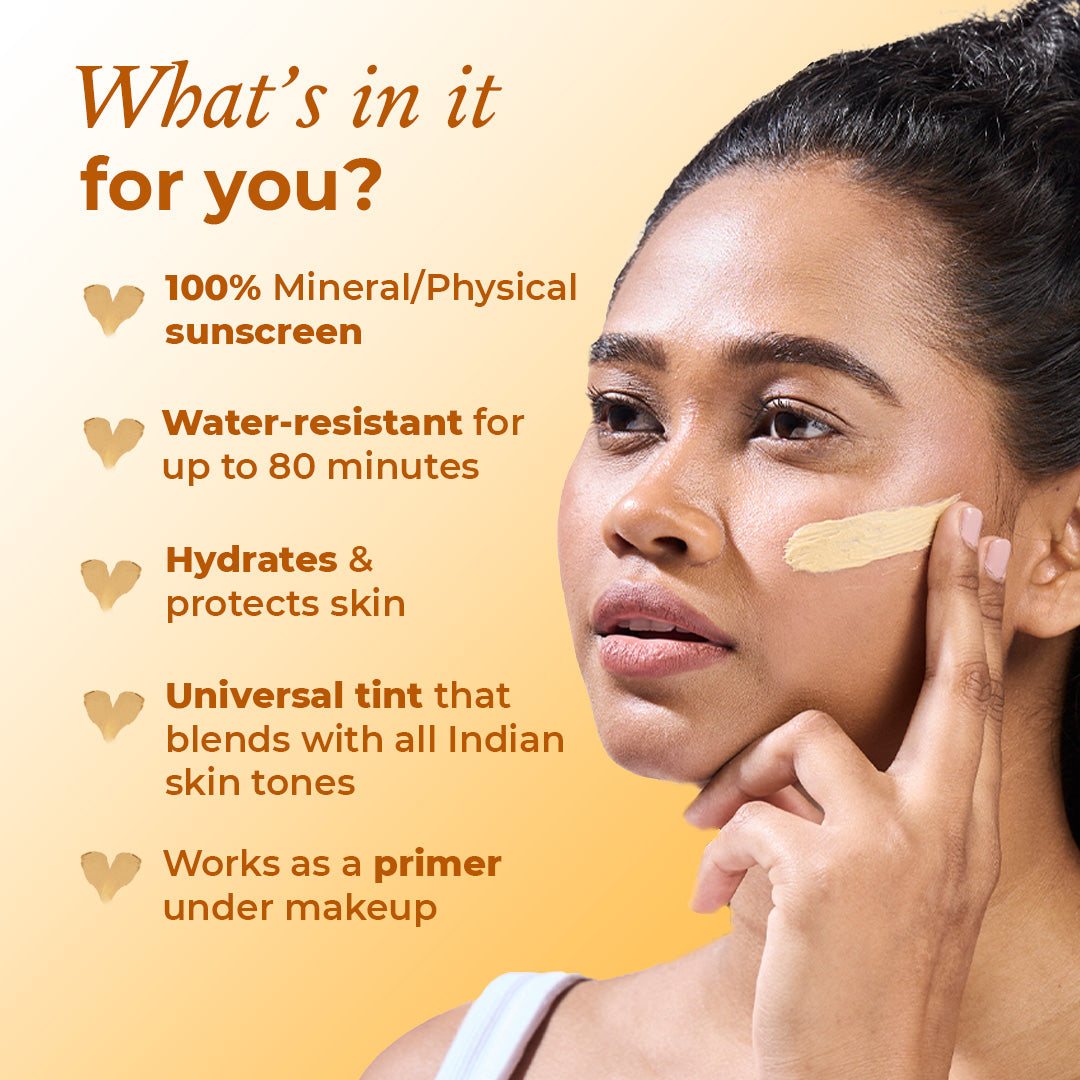
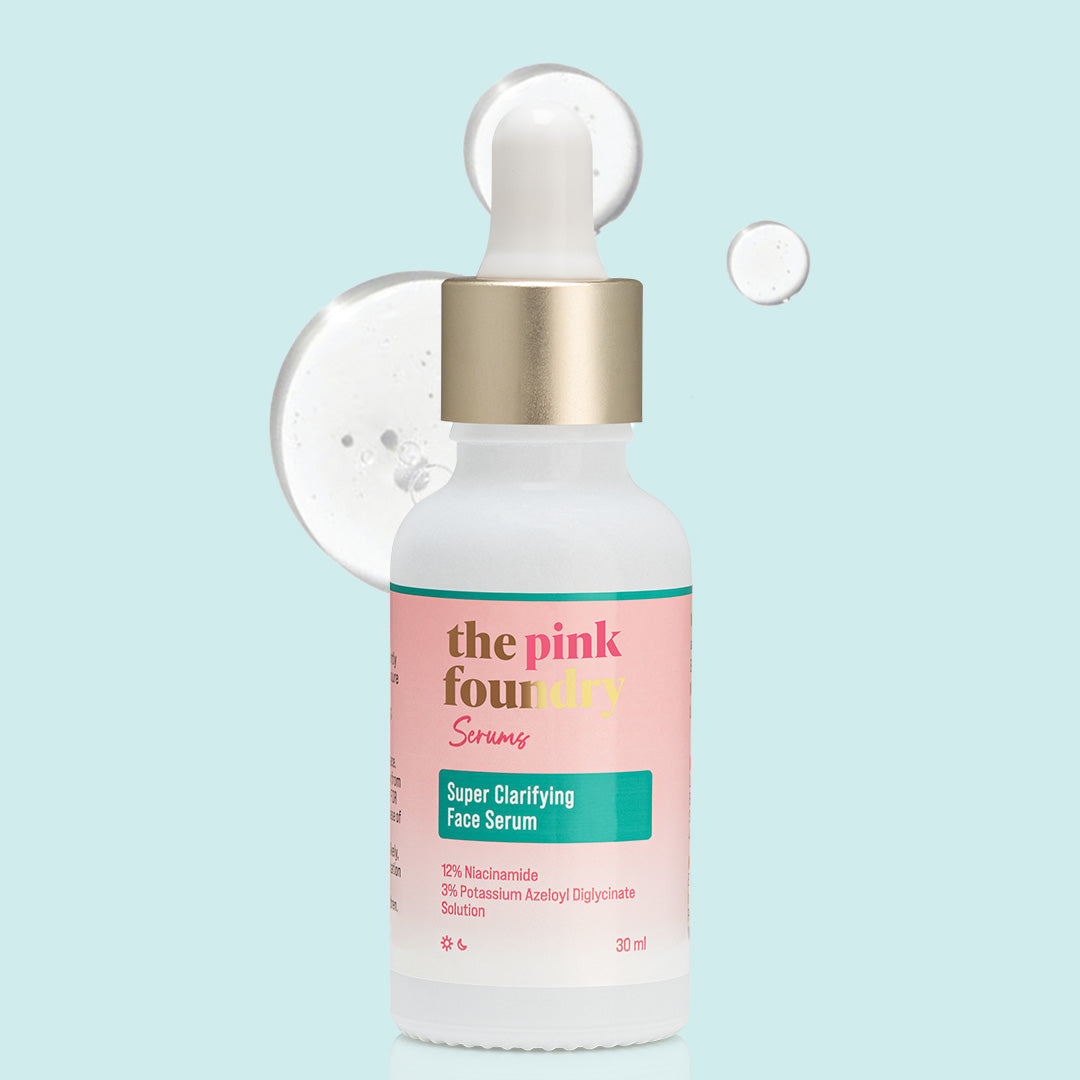
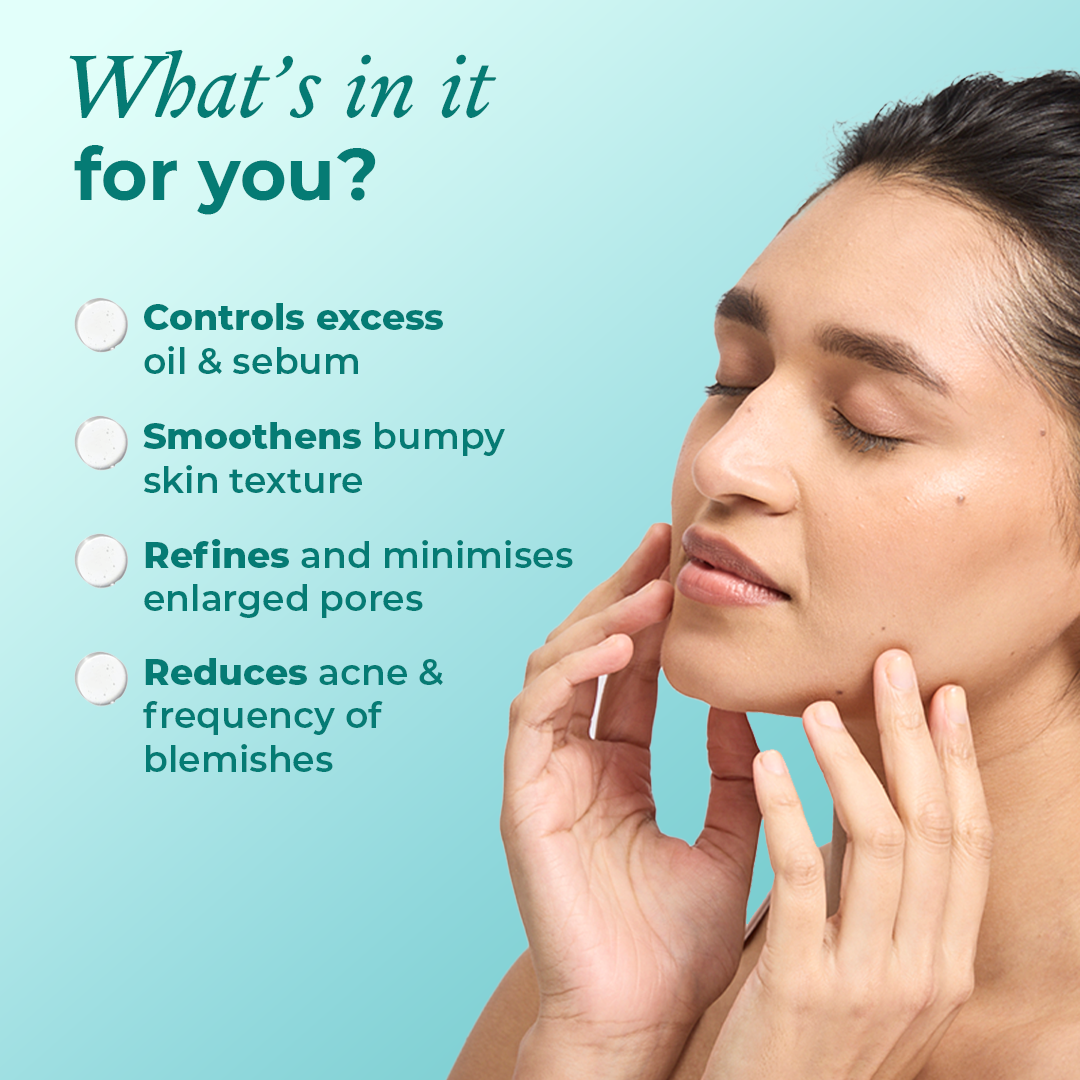

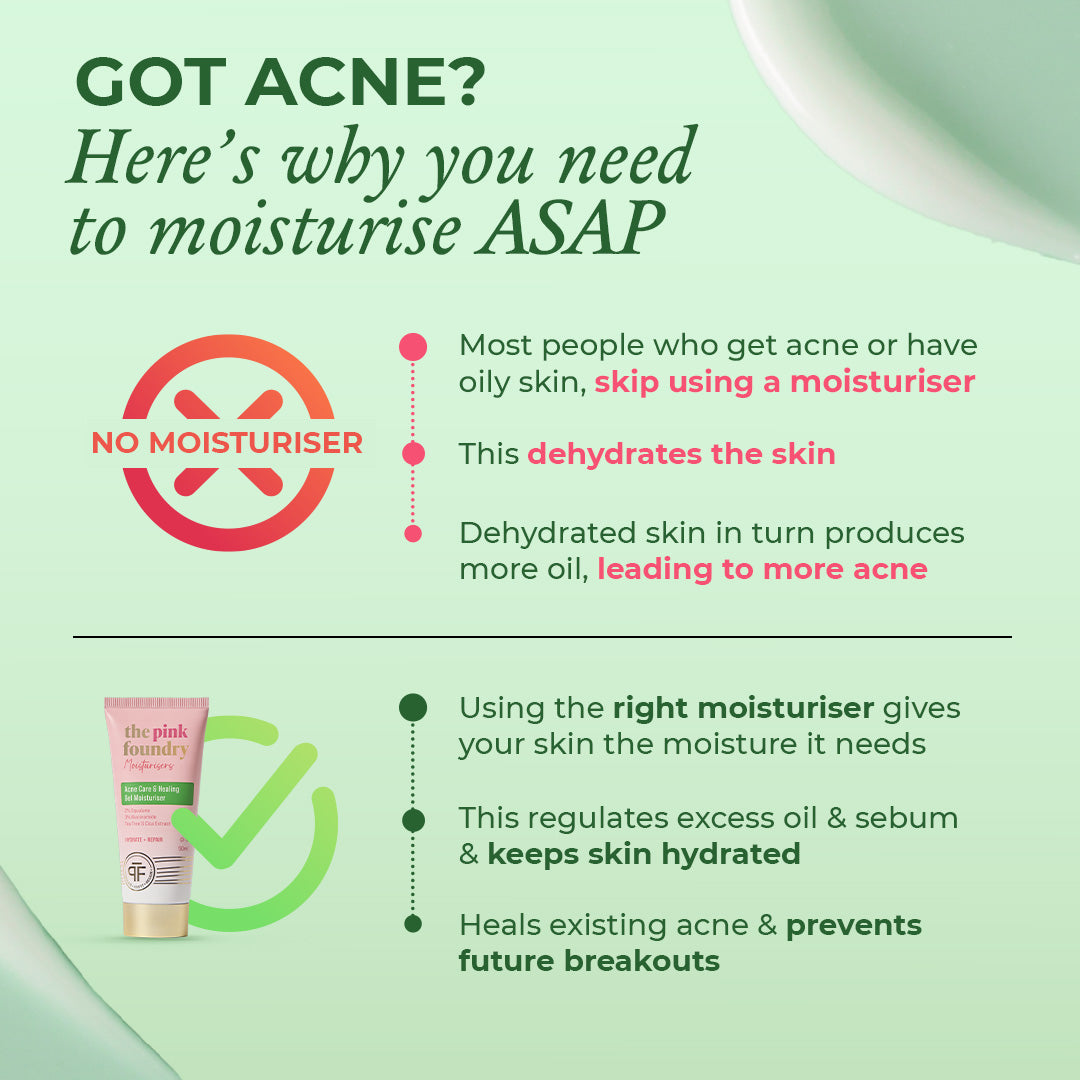
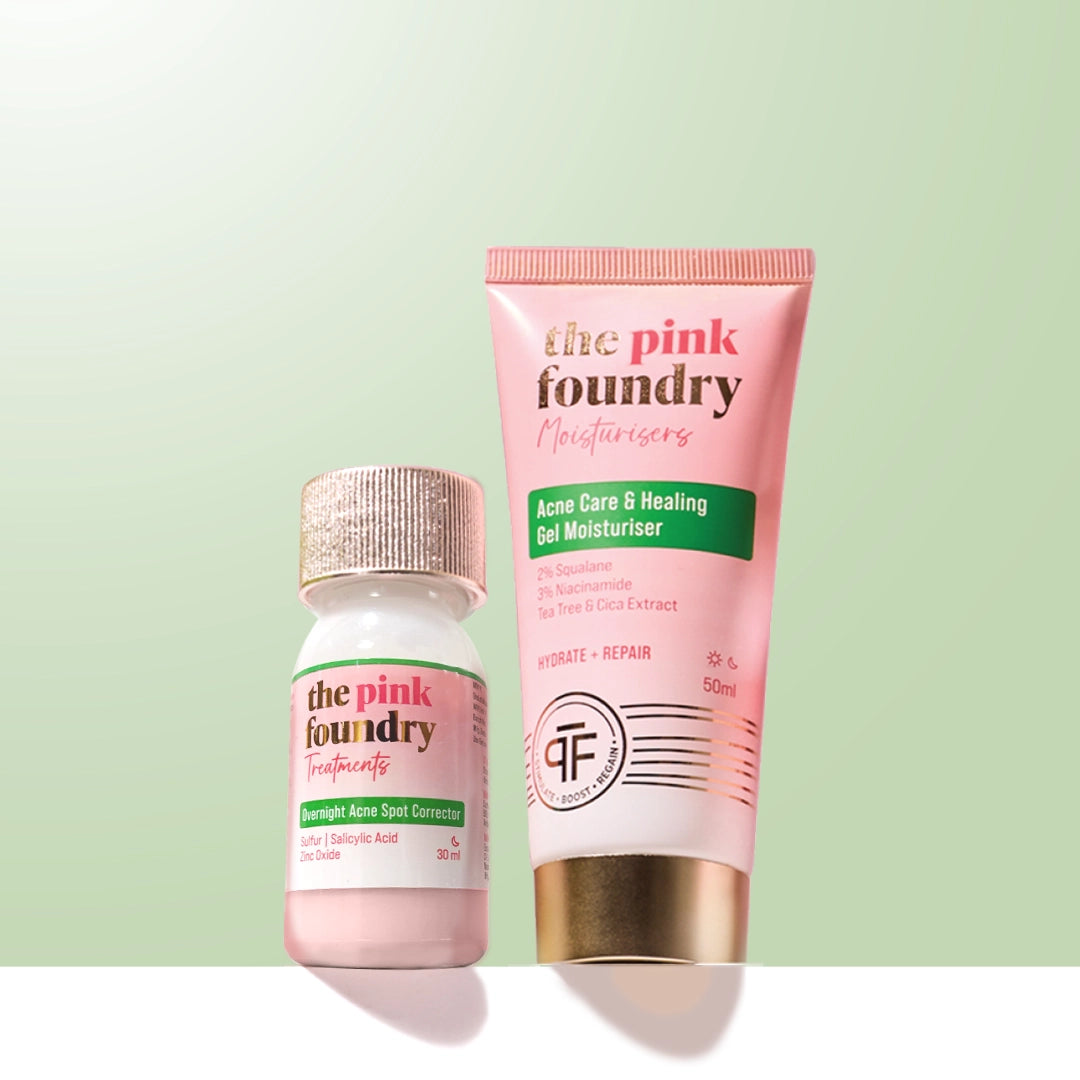
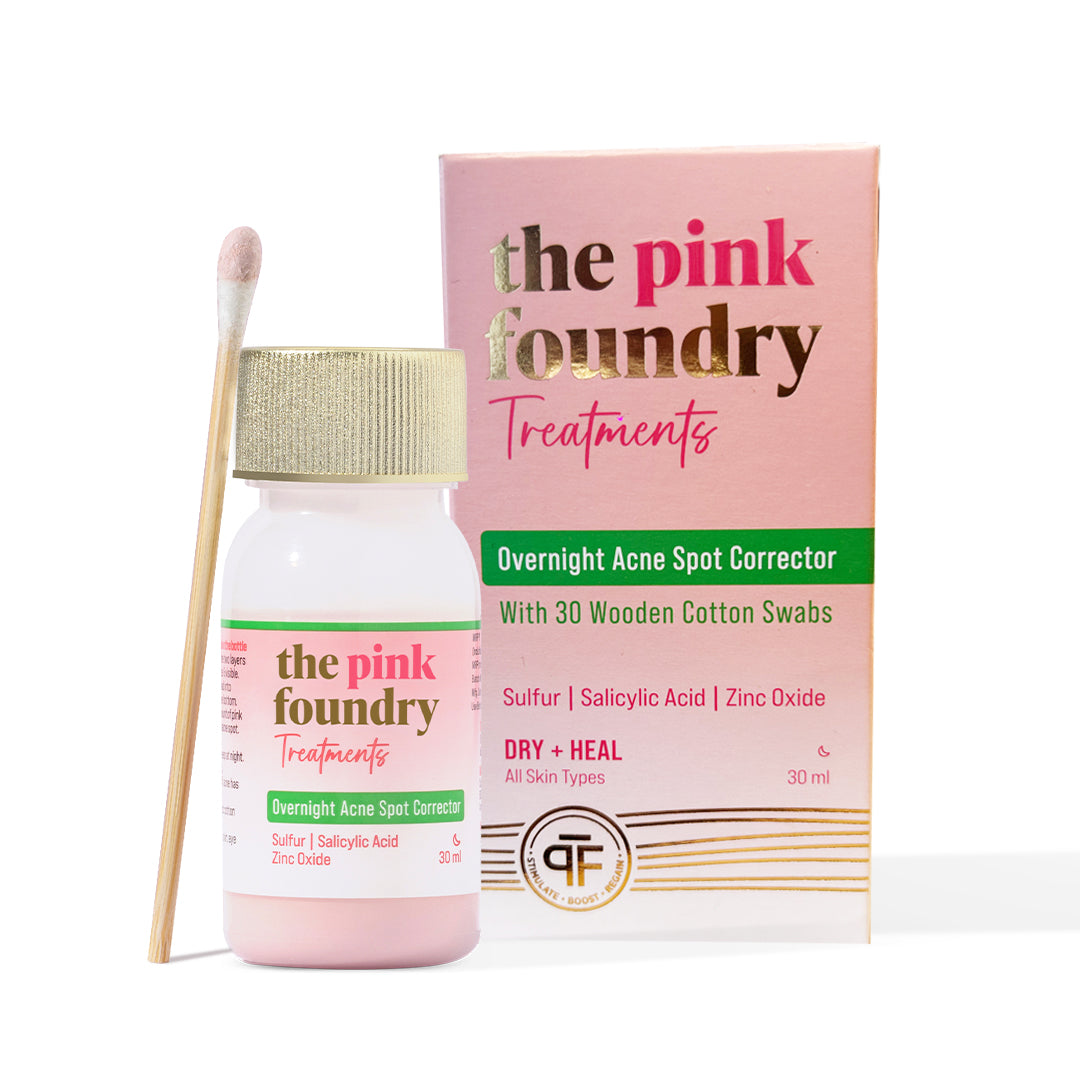
Leave a comment
This site is protected by hCaptcha and the hCaptcha Privacy Policy and Terms of Service apply.